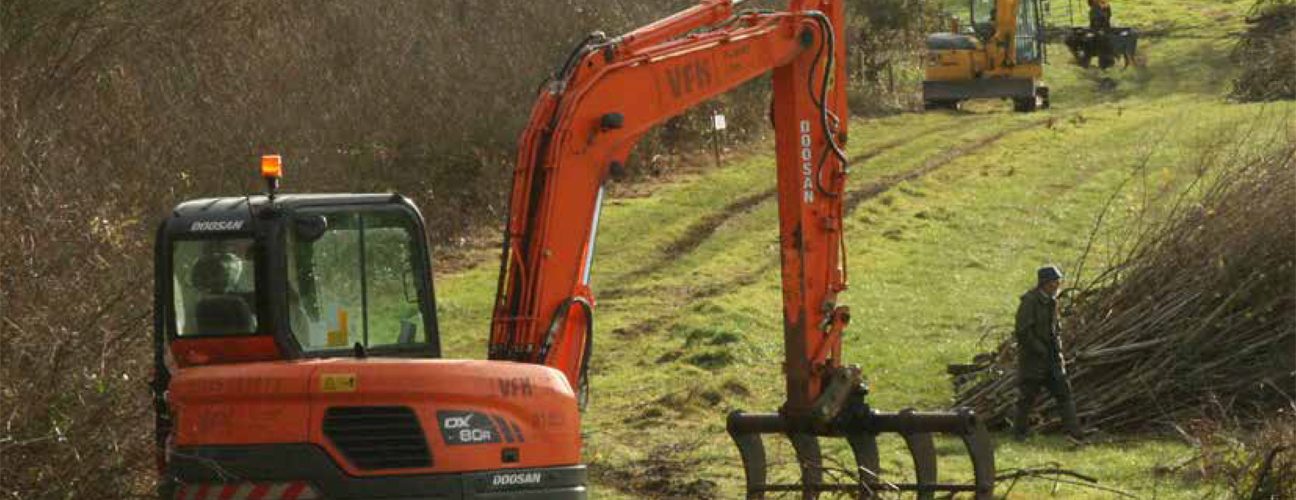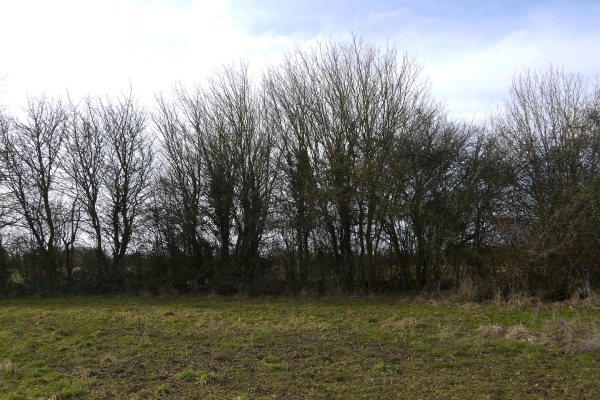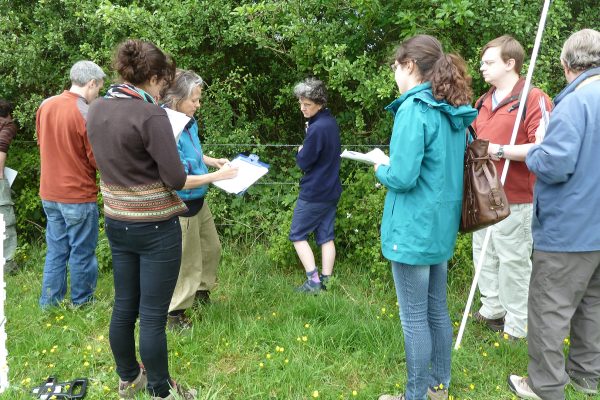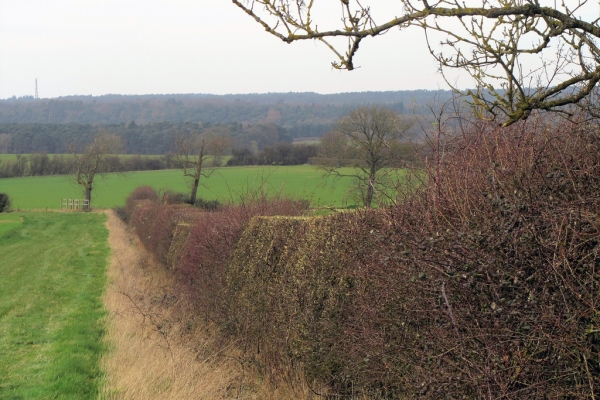A guide to Harvesting woodfuel from hedges
Guidance on bringing England’s hedges back into the farm business by managing them for woodfuel
Resource explained
This guide will help you sustainably manage hedges for woodfuel.
It covers why hedges are important, why manage them for woodfuel, and how (referencing hedgelaying, coppicing, woodchip, logs and hedge suitability for coppicing). It looks at different types of hedges and includes machinery options when managing them for woodfuel. A section on hedge management planning focuses on preparing hedges for coppicing and making sure a coppiced hedge regrows.
It includes management recommendations to minimise harmful impacts to wildlife and describes a “healthy” hedge. It outlines the pros and cons of different harvesting and processing machines and gives guidance on how you can select the best options. There are sections on: methods of storing and drying woodchip (including air-drying in field, self-drying under cover and forced drying); woodchip quality and government initiatives; cost benefits of managing your hedges for woodfuel; and legal considerations. The guide also references other valuable resources.
Findings & recommendations
- Hedgerows are one of the most important farmland habitats for wildlife. A healthy hedge has good density and size to provide wildlife shelter and habitat, diversity of tree, shrub and ground flora species, good connectivity with other hedges and semi-natural habitats, and is placed across slopes to help buffer erosion and runoff.
- Managing hedges for woodfuel by coppicing can:
- Improve their vigour, longevity and value to wildlife;
- reduce hedge flailing (which can degrade hedges);
- reduce overall management costs;
- provide timber, woodchip and logs which you can sell or use on the farm;
- provide a local, carbon-friendly and renewable energy source.
- Both mixed and single species hedges can be valuable for woodfuel.
- As a general rule, no more than 50% of the hedges on your farm should be managed for woodfuel, and 5% coppiced in any one year, or 10% every two years.
- If planning to coppice a hedge, you must be confident that it will regrow and can protect it to ensure it does.
- Hedgerow harvesting machinery trials have shown that hedgerow woodchip can meet the necessary industry quality standards. If you can harvest and use woodfuel from hedges yourself, you have an opportunity to make significant energy cost savings.











